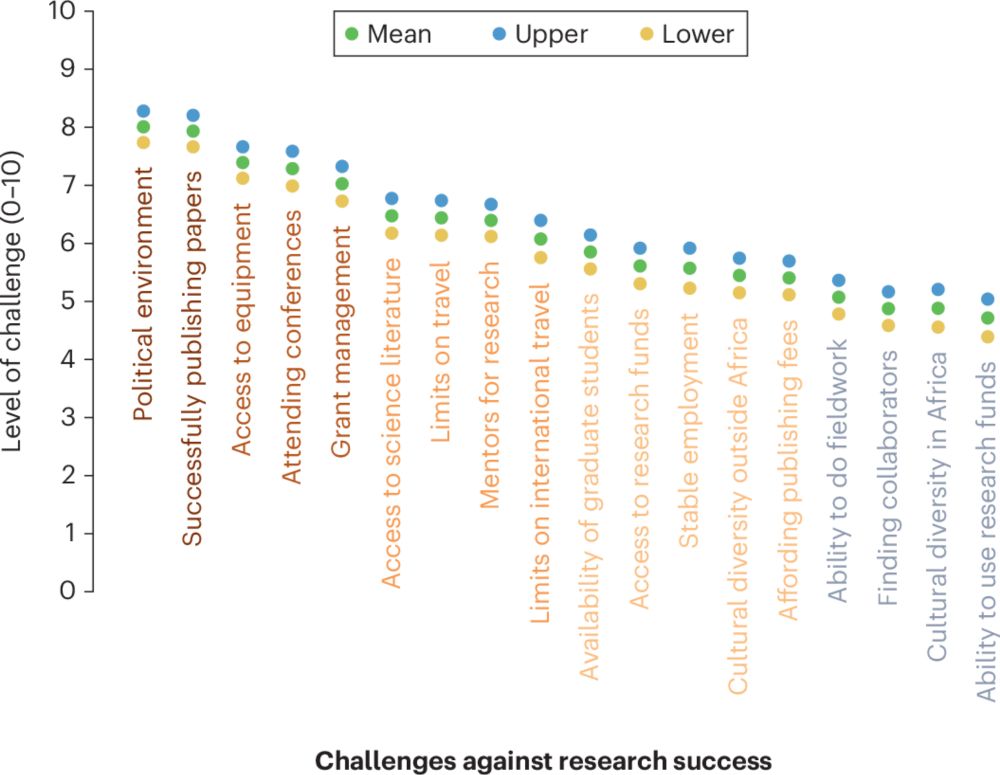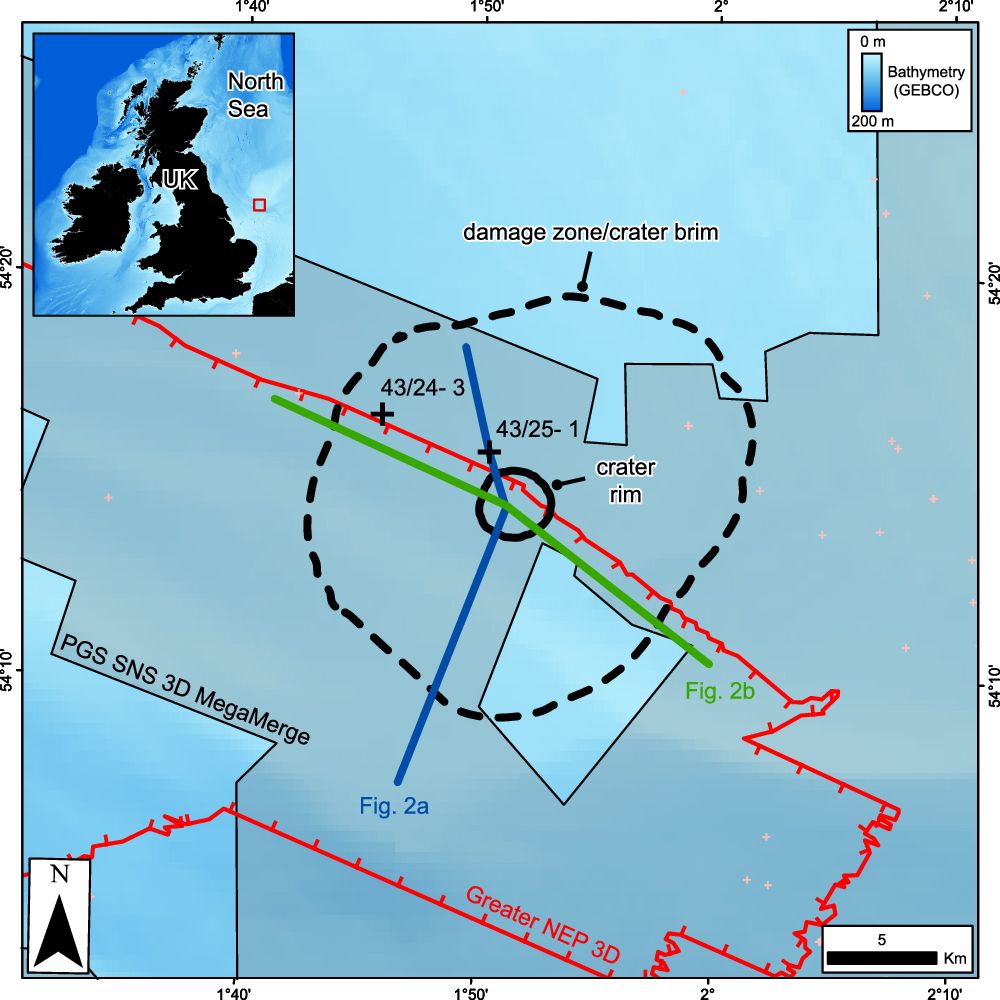Nature Geoscience
@natgeosci.nature.com
4.1K followers
35 following
230 posts
A monthly journal aimed at collating top-quality research across the Earth and planetary sciences. Twitter/X: @NatureGeosci
Site notice: http://bit.ly/2oAyLi1 https://www.nature.com/ngeo/
Posts
Media
Videos
Starter Packs
Pinned
Reposted by Nature Geoscience
Reposted by Nature Geoscience
Reposted by Nature Geoscience
Reposted by Nature Geoscience
Reposted by Nature Geoscience
Reposted by Nature Geoscience
Reposted by Nature Geoscience

























